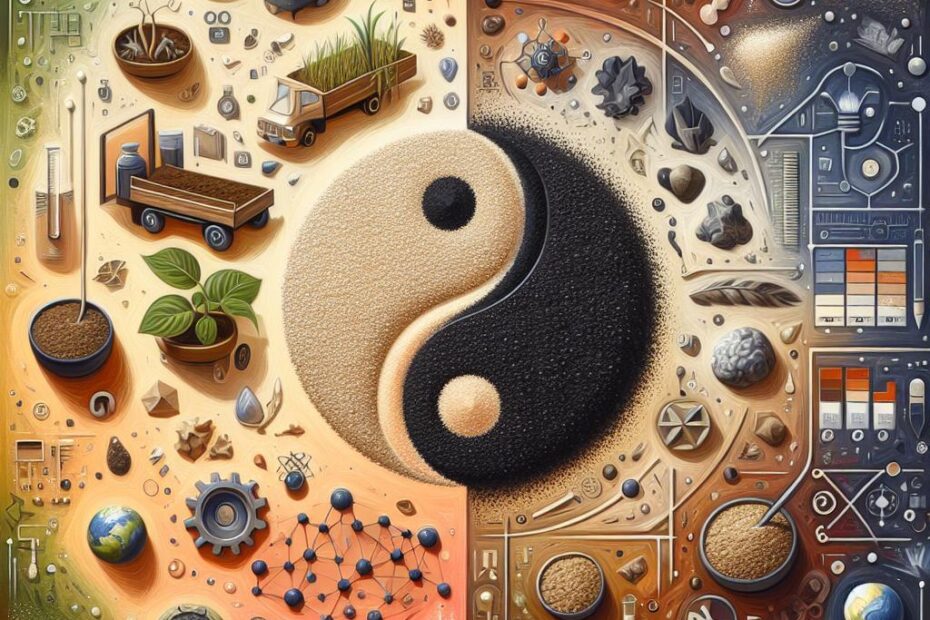When it comes to gardening, one of the most important decisions you’ll make is choosing the right soil for your plants – potting soil or garden soil. While they may seem similar, there are key differences between the two that can affect the success of your gardening endeavors. In this article, we will explore the disparities between potting soil and garden soil, as well as provide practical tips for their use.
Potting Soil vs Garden Soil: Understanding the Differences
-
Potting Soil: Potting soil is specifically designed for container gardening. It is a lightweight, well-draining mix that provides the necessary support and nutrients for potted plants. Potting soil often contains a blend of organic materials, such as peat moss, compost, and perlite, along with added fertilizers to promote healthy plant growth. The key characteristic of potting soil is its ability to retain moisture while allowing excess water to drain away, preventing root rot in container plants.
-
Garden Soil: Garden soil, on the other hand, is used for in-ground planting beds and outdoor gardening. It is typically heavier and denser than potting soil, with a higher clay content. Garden soil is rich in nutrients and organic matter, making it ideal for growing vegetables, flowers, and other plants in the ground. However, garden soil may not have the same level of drainage as potting soil, which can lead to waterlogged roots if not properly managed.
Benefits of Potting Soil and Garden Soil
-
Potting Soil Benefits:
- Lightweight and easy to work with
- Provides good drainage for container plants
- Contains added fertilizers for plant growth
- Ideal for indoor and outdoor container gardening
-
Garden Soil Benefits:
- Rich in nutrients and organic matter
- Suitable for in-ground gardening
- Supports a wide variety of plants
- Helps improve soil structure over time
Practical Tips for Using Potting Soil and Garden Soil
-
Potting Soil Tips:
- Choose a high-quality potting mix designed for your specific plant needs
- Ensure containers have proper drainage holes to prevent water buildup
- Regularly check moisture levels and adjust watering accordingly
- Consider adding slow-release fertilizer to replenish nutrients over time
-
Garden Soil Tips:
- Test your soil’s pH and nutrient levels before planting
- Add organic matter, such as compost, to improve soil structure and fertility
- Rotate crops annually to prevent nutrient depletion in the soil
- Use raised beds or containers for better control over soil quality
Conclusion
In conclusion, the main difference between potting soil and garden soil lies in their composition and intended use. Potting soil is best suited for container gardening, offering excellent drainage and nutrient support for potted plants. Garden soil, on the other hand, is ideal for in-ground planting beds, providing a rich, nutrient-dense environment for a variety of plants.
By understanding the distinctions between potting soil and garden soil, as well as following practical tips for their use, you can ensure the success of your gardening endeavors and help your plants thrive. Whether you’re growing herbs on your windowsill or cultivating a lush vegetable garden in your backyard, choosing the right soil is essential for healthy plant growth. So, next time you’re planning a gardening project, consider the unique needs of your plants and select the soil that will best support their growth and development.
